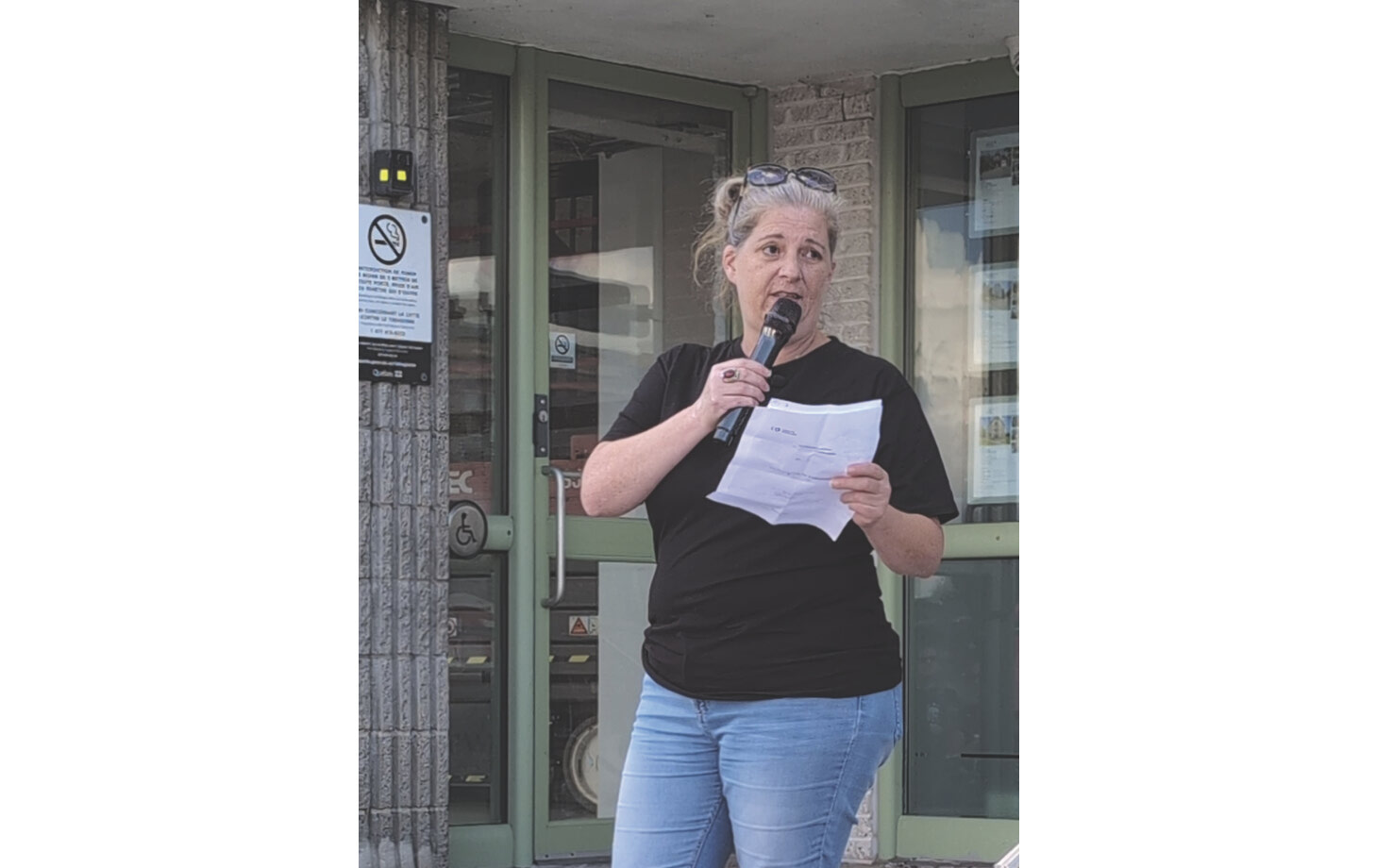Still Too Much Violence in Schools!
Mélissa Gélinas
The rate of violence in elementary and secondary schools across Quebec, including the Outaouais region, has been steadily increasing in recent years. In a survey of 6,000 employees, 52% of them reported having experienced physical violence from students.
According to Kim Lafleur-Lauriault, president of the Syndicat du soutien scolaire en Outaouais, this issue primarily affects support staff who work directly with students. Daycare providers, social work technicians, educators, and supervisors are also victims.
This is also part of everyday life for a student support worker at a school in the Buckingham sector of Gatineau. Indeed, receiving blows and bites is part of her job. "These are young people who have a lot of difficulty verbalizing their emotions, so they resort to violence to make themselves understood," she said. "Even though it's difficult, I'm unfortunately used to dealing with this kind of problem."
The situation is, however, more difficult for some of her colleagues, particularly the special education technicians, whom she often sees in tears since they frequently have to handle several difficult cases at once.
Last year, there were 660 reported cases of violence in a single Gatineau school service centre. Physical violence can manifest itself, according to Lafleur-Lauriault, in bites, punches, kicks, thrown objects, and more. "It's not normal to be on your way to work wondering what's going to happen," she said. According to her, it's important for parents to question their child's behaviour at school to find the source of the problem.
Furthermore, violent acts are not only committed by young people with mental health diagnoses. "It's a mix of everything," emphasized Annie Charland, president of the school sector of the Federation of Public Service Employees of the Confédération des syndicats nationaux (CSN).
The Causes
Lafleur-Lauriault noted that education budget cuts are significantly increasing the level of violence among young people, since there are fewer and fewer employees, resulting in less supervision and support for students. "School service centres are trying their best to put a "plaster" on things, but simply can't," she said. "These cuts are making people exhausted."
According to the attendant for children with disabilities, the lack of staff is significantly affecting students with special needs. "I've noticed that they're becoming increasingly angry and disorganized because they don't have enough support," she said.
The previous pandemic also impacted young people's mental health. Anxiety disorders have increased significantly. "We're seeing more and more students living with performance anxiety and, in some cases, when they can't express themselves well, resorting to violence," explained Charland.


